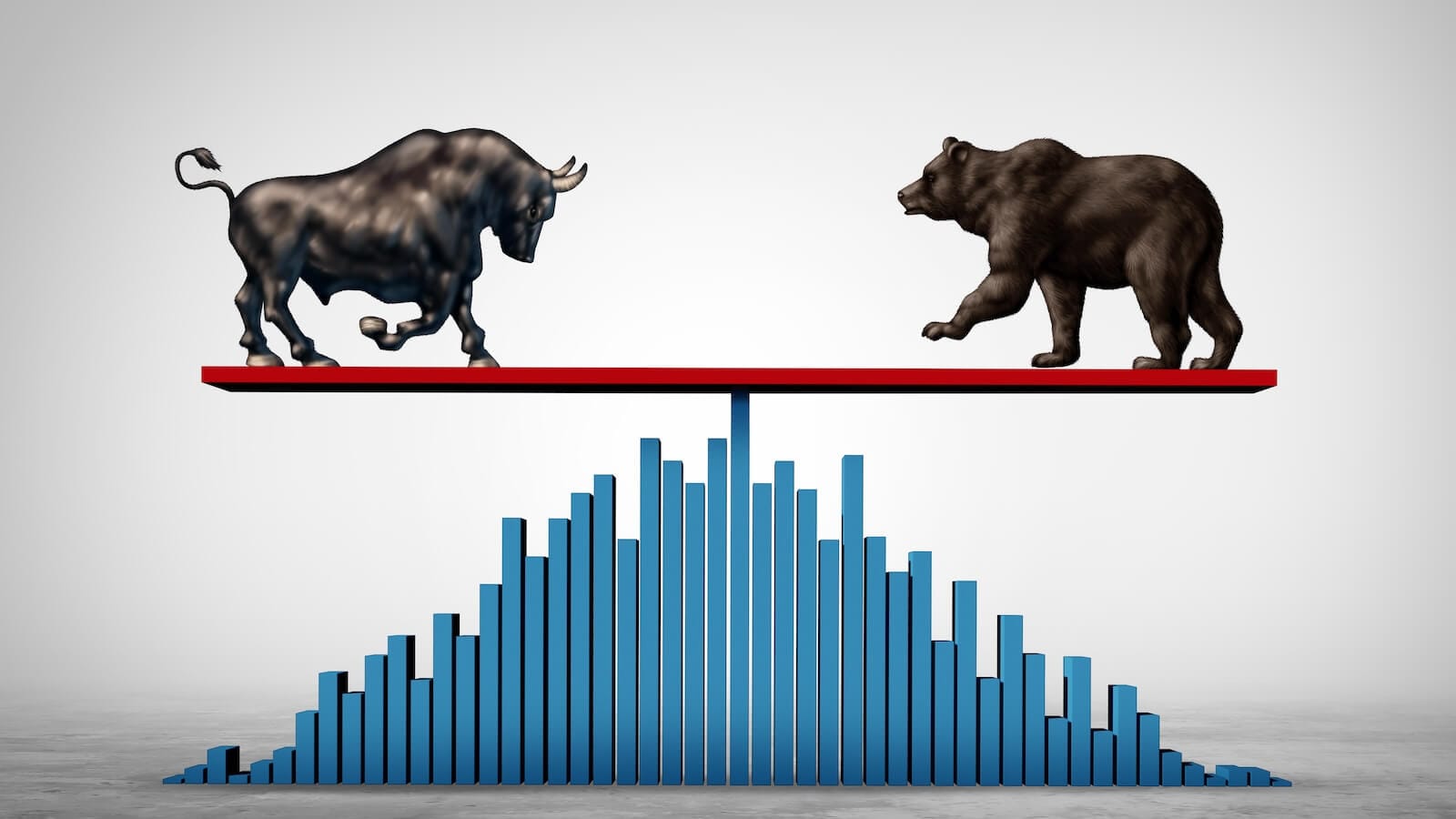Five Charts I Am Watching Closely
Each week, I monitor numerous charts to see if they have the potential for an important breakout. I tend to look at longer-term ones, because they set the scene as to whether the primary trend is bullish or bearish. That's important information to have, as the magnitude and duration of short-term moves (2-6 weeks) have a strong tendency to occur in the same direction as the primary trend. Whenever you are able to identify the direction of that trend, you are likely to be one step ahead. Remember, a rising tide lifts all boats.
Platinum
Our first candidate, platinum, is worth watching since it has only just violated its secular down trendline and, therefore, looks headed higher. The odds of the breakout being valid are high because we are currently in Stage 4 of the business cycle, which is the one that is the most favorable for commodity prices. More information on this phase of the cycle can be obtained hereandhere.
Once recent gains have been digested, a substantial platinum rally is likely. That's because the price has been confined to a narrowing trading range since 2020, while the long-term KST, visible in the bottom window of Chart 1, has been more or less flat. Both factors indicate a fine balance between buyers and sellers, which has now been resolved in favor of the buy side. It must also be added that the platinum price is very volatile and not suitable for the faint of heart!

Palladium
Chart 2 lays out the long-term palladium picture. Here, we see a solid upside breakout in 2016, followed by a head-and-shoulders top. A subsequent retracement returns the price to the extended breakout trendline, which has now become support. Since 2023, the price has been rangebound, with barriers at $1,100 on the upside and $900 on the downside.

Chart 2 establishes the historical breakout and retracement moves, but the chart I am really focusing on is based on weekly closes, since the breakout points are more precise. Chart 3 also tells us that the short- and intermediate-term KSTs are in a bullish trend. That certainly does not guarantee a valid breakout, but does strongly suggest that a worthwhile attempt will soon be made.

Chart 3 can also be used as a teaching moment, since the palladium price experienced a false break above the green resistance trendline and 65-week EMA late last year. Normally, a false break, when confirmed, is followed by an above-average move in the opposite direction to the break, as traders scramble to get back to the right side of the market. However, the whipsaw was never confirmed with a downside penetration of the line. That could still happen, of course, but, right now, it looks as though the price has re-grouped and ready to challenge that $1,100 area once again.
Invesco DB Energy ETF (DBE)
Chart 4 shows the Invesco Energy Fund rocketed higher after the 2020 recession. It has been consolidating ever since in a relatively tight trading range. It is the recent long-term KST buy signal, though, that has piqued my interest regarding a possible bull market.

Chart 5, in particular, is the one to watch. That's because the short-term KST has begun to reverse to the upside, suggesting a challenge of the green resistance trendline just below $20. It's a bit of a long shot, but an upward resolution would have significant inflationary implications, just as a downside one would be deflationary.

Gold
Chart 6 compares the gold price to its Special K (SPK), which you can read about here. One way of considering the SPK is to look for downside reversals that occur from extended levels around the red-dashed horizontal line. In that respect, the vertical red lines flag periods when the SPK drops below its red signal line. A consolidation or decline usually follows. In recent weeks, the SPK has pushed its way into the warning zone, but remains well above its signal line, so it has not triggered another vertical red line yet. Nonetheless, gold fever has reached an unusually high level, as evidenced by a recent announcement from Costco limiting gold purchases by its customers to a maximum of two units per 24 hours. This is reminiscent of Canadian customers lining up at banks to purchase around the historic 1980 peak. It's important to note that there is insufficient evidence to call a top, but there are enough signs to justify the taking of partial profits.

Good luck and good charting,
Martin J. Pring
The views expressed in this article are those of the author and do not necessarily reflect the position or opinion of Pring Turner Capital Groupof Walnut Creek or its affiliates.










